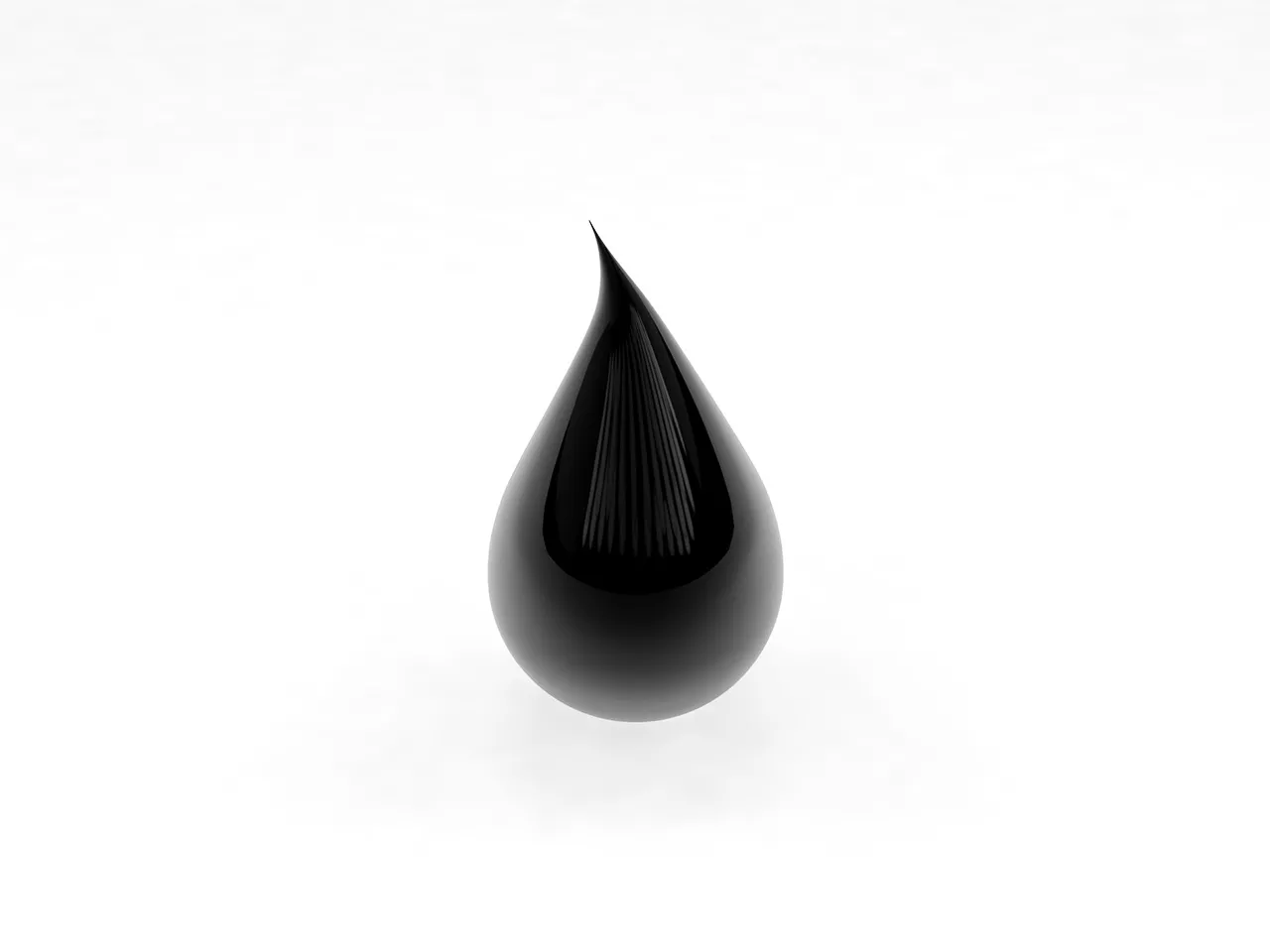Crude oil is a vital resource that powers economies and fuels industries worldwide. The distribution of crude oil reserves is not uniform, with certain regions holding significantly larger quantities than others. Understanding which regions have the largest crude oil reserves is essential for investors, policymakers, and businesses that rely on oil. This article explores the regions with the largest crude oil reserves, the factors affecting oil reserves, and the implications for the global economy.
Understanding Crude Oil Reserves
What Are Crude Oil Reserves?
Crude oil reserves refer to the estimated quantities of oil that can be extracted and produced under current economic conditions, technology, and regulations. These reserves are classified into two main categories:
Proven Reserves: These are quantities of oil that have been discovered and are recoverable with a high degree of certainty. Proven reserves can be extracted using existing technology and under current economic conditions.
Unproven Reserves: These reserves are estimates based on geological and engineering data, indicating potential oil that may be recoverable in the future. This category includes probable and possible reserves.
Importance of Crude Oil Reserves
Crude oil reserves play a crucial role in:
Energy Security: Countries with significant reserves can ensure their energy needs are met, reducing dependency on foreign oil supplies.
Economic Stability: Oil-rich countries often experience greater economic stability due to revenue from oil exports.
Geopolitical Influence: Nations with large oil reserves often have increased influence in global affairs due to their control over this essential resource.
Global Distribution of Crude Oil Reserves
Overview of Global Oil Reserves
As of 2023, global proven oil reserves are estimated to be approximately 1.7 trillion barrels. These reserves are concentrated in a few regions, with the Middle East holding the largest share. The following sections detail the regions with the most significant crude oil reserves.
Middle East
The Dominant Region for Crude Oil Reserves
The Middle East is home to the world’s largest crude oil reserves, accounting for about 48% of the total proven reserves. Key countries in this region include:
Saudi Arabia
Proven Reserves: Approximately 266 billion barrels.
Key Features: Saudi Arabia has the largest oil reserves in the world and is a leading oil exporter. The country is a founding member of the Organization of the Petroleum Exporting Countries (OPEC), which influences global oil prices.
Iraq
Proven Reserves: Approximately 145 billion barrels.
Key Features: Iraq’s oil industry has immense potential, but geopolitical instability has hindered production and investment.
Iran
Proven Reserves: Approximately 157 billion barrels.
Key Features: Iran has substantial reserves but faces sanctions that affect its ability to export oil and attract investment.
Kuwait
Proven Reserves: Approximately 101 billion barrels.
Key Features: Kuwait has been a significant oil producer since the 1930s, and its economy relies heavily on oil exports.
United Arab Emirates (UAE)
Proven Reserves: Approximately 98 billion barrels.
Key Features: The UAE, particularly Abu Dhabi, is a major player in the oil market and has invested heavily in diversifying its economy.
North America
Growing Reserves and Production
North America has seen significant growth in crude oil reserves, primarily due to advancements in extraction technologies such as hydraulic fracturing and horizontal drilling.
United States
Proven Reserves: Approximately 70 billion barrels.
Key Features: The U.S. has increased its oil production dramatically, becoming the world’s largest producer. The shale boom has contributed significantly to this growth.
Canada
Proven Reserves: Approximately 167 billion barrels.
Key Features: Canada has the third-largest oil reserves in the world, primarily in oil sands. The extraction process is more complex and costly compared to conventional oil.
South America
Emerging Oil Reserves
South America is home to several countries with notable crude oil reserves.
Venezuela
Proven Reserves: Approximately 303 billion barrels.
Key Features: Venezuela has the largest proven oil reserves in the world. However, political instability, economic mismanagement, and infrastructure issues have severely limited its production capacity.
Brazil
Proven Reserves: Approximately 13 billion barrels.
Key Features: Brazil has been increasing its oil production, particularly from offshore fields. The pre-salt fields have proven to be significant contributors to its reserves.
Africa
Significant but Underdeveloped Reserves
Africa has substantial crude oil reserves, but many countries have not fully developed their oil industries.
Libya
Proven Reserves: Approximately 48 billion barrels.
Key Features: Libya has the largest oil reserves in Africa. However, ongoing conflict has disrupted production and investment.
Nigeria
Proven Reserves: Approximately 37 billion barrels.
Key Features: Nigeria is the largest oil producer in Africa, with most reserves located in the Niger Delta region. However, issues such as corruption and militancy have impacted production.
Asia-Pacific
Emerging Oil Producers
The Asia-Pacific region is witnessing growing oil production and reserves, though they are not among the largest globally.
China
Proven Reserves: Approximately 25 billion barrels.
Key Features: China is a significant oil importer but has been increasing its domestic production.
Malaysia
Proven Reserves: Approximately 4 billion barrels.
Key Features: Malaysia has been developing its oil industry and is a member of OPEC+.
See Also: How Much Crude Oil Is Left in the World?
Factors Affecting Crude Oil Reserves
Geopolitical Stability
Countries with stable political environments are more likely to attract investment in their oil industries, leading to increased exploration and production. In contrast, geopolitical tensions can disrupt oil supply and deter foreign investment.
Technological Advancements
Technological innovations in drilling and extraction, such as fracking and deep-water drilling, can significantly increase the recoverable oil reserves of a region. Countries that invest in these technologies can enhance their production capabilities.
Economic Policies
Government policies regarding oil exploration, taxation, and environmental regulations can influence the development of oil reserves. Supportive policies can encourage investment, while restrictive policies can hinder growth.
Environmental Concerns
As global awareness of climate change increases, some countries are shifting away from fossil fuels. This shift can impact future investment in oil reserves and lead to changes in the energy landscape.
Global Implications of Oil Reserves
Energy Security
Countries with large crude oil reserves have greater energy security, allowing them to meet domestic demand and influence global oil prices. This can lead to geopolitical power dynamics where oil-rich nations exert influence over oil-dependent countries.
Economic Impact
Oil exports contribute significantly to the economies of oil-rich nations. Fluctuations in oil prices can impact government revenues and economic stability, affecting social programs and infrastructure development.
Environmental Considerations
The extraction and use of crude oil have environmental consequences. Oil spills, air pollution, and greenhouse gas emissions are significant concerns. As the world moves toward renewable energy, the long-term viability of oil reserves will come under scrutiny.
Transition to Renewable Energy
The global push for renewable energy sources is reshaping the energy landscape. As countries invest in alternative energy, the demand for crude oil may decline, potentially affecting the value of existing reserves.
Conclusion
Understanding which region of the world has the largest crude oil reserves is crucial for comprehending the dynamics of the global oil market. The Middle East holds the largest share of proven oil reserves, followed by North America and South America. Various factors, including geopolitical stability, technological advancements, and economic policies, influence the development and extraction of these reserves.
As the world transitions toward renewable energy sources, the future of crude oil reserves will likely change. However, for now, oil remains a critical resource for powering economies and shaping global relations. Investors, policymakers, and businesses must stay informed about the evolving landscape of crude oil reserves to make strategic decisions in this complex and dynamic environment.
Related topics:

































